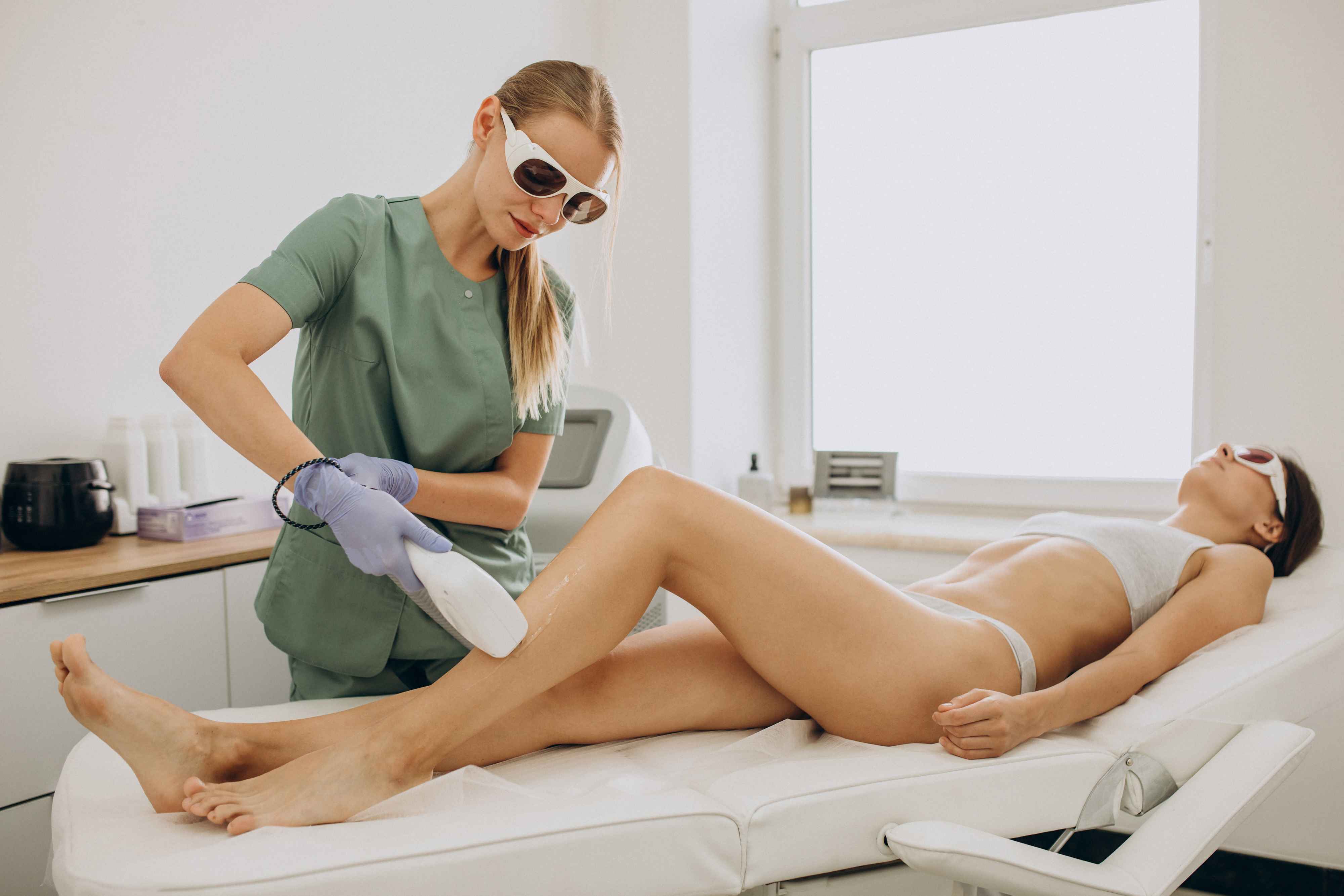Welcome to a Advance Physiotherapy Center

What is laser therapy?
LASER is acronym for Light Amplification by Stimulated Emission of Radiation. Lasers are with different wavelengths. Varying from 632nm to 904nm is used in the treatment of musculoskeletal disorders (Orthopedic disorder). Wavelengths between 660 nm and 905 nm have the ability to penetrate skin, and soft/hard tissues. These lights have a good effect on pain, inflammation and tissue repair.
Indication of laser therapy /when to use laser?
• Reduction of inflammation
• Pain relief
• Accelerated tissue regeneration
• Open Wounds
• Inflammatory Arthropathies
• Soft tissue injuries
Conditions:-
Osteoarthritis of the knee, hip and ankle
• Rheumatoid arthritis
• Temporomandibular (Jaw Joint) disorder
• Shoulder impingement syndromes
• Hip or shoulder bursitis
• Low back disc degeneration
• Disc herniation
• Sciatica
• Neuropathic pain.
• Tendonitis
• Tennis elbow
• Plantar fasciitis
• Reduction of volume and pain in Lymphedema
How does a LASER Work?

Laser therapy is a non-invasive light source treatment that generates a single wavelength of light. It emits no heat, sound, or vibration. It is also called photobiology or biostimulation. Laser therapy is believed to affect the function of connective tissue cells (fibroblasts), accelerate connective tissue repair and act as an anti-inflammatory agent. Laser therapy is a therapeutic dose of light to enhance healing at cellular level and to reduce inflammation both in hard and soft tissues including muscles, ligaments and even bones.
LASER increases oxygenation of tissues and allows injured or damaged cells to absorb photons of light which speeds healing. It helps to restore normal range of motion to the dysfunctional area like acute injuries like strains, sprains and shoulder injuries.
There are two classes of lasers being used in physiotherapy class 3 and 4. Class 3 lasers are less than 500 mill watts (mw) in power while class 4 lasers are greater than 500 mw,”
Class 3 LASERS are sometimes called as COLD LASER and the therapy may be called LLLT for low-level laser therapy. In contrast, class 4 laser therapy is sometimes called HPLT for high-power laser therapy
How is laser therapy Perform?
Physiotherapist will select your indicated condition According choose a small surface area to work on for five to ten minutes. During the therapy, the therapist as well as patient should make use of goggles to prevent injury to eyes. During your laser therapy treatment, your therapist will continually move the LASER probe over and around the selected area, and sometimes can also hold at a particular point for few seconds.
Will I feel anything during laser therapy?
Some people may feel slight warmth on application site. Don’t be surprised, however, if you feel nothing at all. If the area being treated is especially sensitive to touch, you could possibly feel discomfort as the laser probe passes over. Laser therapy, however, should not be painful.
Is laser Therapy Safe?
Laser therapy is deemed safe by the FDA provided it is performed by a licensed person and provided the Physiotherapist will take necessary precautions.
If you have any specific diagnosed condition then….
• Eyes: Do not aim laser beams into the eyes and everyone present should wear appropriate safety spectacles.
• Cancer: Do not treat over the site of any known primary carcinoma or secondary metastasis unless the patient is undergoing chemotherapy when LLLT can be used to reduce side effects such as mucositis. LLLT however can be considered in terminally- ill cancer patients for palliative relief.
• Pregnancy: Do not treat directly over the developing fetus.
• Epileptics: Be aware that low frequency pulsed visible light (<30Hz) might trigger a seizure in photosensitive, epileptic patients. The adverse effects of LLLT have been reported to be no different from those reported by patients exposed to placebo devices in trials.